 I have been reading a few of books lately that have focused on the geek/nerd subculture. Benjamin Nugent’s American Nerd: The Story of My People does the best job of providing an overall examination of the subject. His conclusions say that nerds like a rule-bound world and sites examples that include amateur radio operators (to include those who favor Morse Code).
I have been reading a few of books lately that have focused on the geek/nerd subculture. Benjamin Nugent’s American Nerd: The Story of My People does the best job of providing an overall examination of the subject. His conclusions say that nerds like a rule-bound world and sites examples that include amateur radio operators (to include those who favor Morse Code).

 Two other books focus on the Dungeons and Dragons role-playing culture. Mark Barrowcliffe’s The Elfish Gene: Dungeons, Dragons and Growing Up Strange is an autobiographical look at Mark’s adolescent life growing up as a roll playing enthusiast who takes his gaming desires to a bit of an extreme.
Two other books focus on the Dungeons and Dragons role-playing culture. Mark Barrowcliffe’s The Elfish Gene: Dungeons, Dragons and Growing Up Strange is an autobiographical look at Mark’s adolescent life growing up as a roll playing enthusiast who takes his gaming desires to a bit of an extreme.
 Ethan Gilsdorf’s Fantasy Freaks and Gaming Geeks: An Epic Quest for Reality Among Role Players, Online Gamers, and Other Dwellers of Imaginary Realms is the latest. Ethan is a journalist and former gamer who, when he stumbles across his old stash of Dungeons and Dragons material, turns his journalistic talents towards a journey of self-reflection through the current growth (and acceptance(?)) of the gaming culture.
Ethan Gilsdorf’s Fantasy Freaks and Gaming Geeks: An Epic Quest for Reality Among Role Players, Online Gamers, and Other Dwellers of Imaginary Realms is the latest. Ethan is a journalist and former gamer who, when he stumbles across his old stash of Dungeons and Dragons material, turns his journalistic talents towards a journey of self-reflection through the current growth (and acceptance(?)) of the gaming culture.
 I rented this on my Apple TV: Monster Camp. A hilarious documentary about folks who take role playing to the extreme – leaving the table top and miniature figures and donning the garb of their character to spend the weekend bringing fantasy gaming to life.
I rented this on my Apple TV: Monster Camp. A hilarious documentary about folks who take role playing to the extreme – leaving the table top and miniature figures and donning the garb of their character to spend the weekend bringing fantasy gaming to life.
 These examinations of the geek/nerd subculture have been very enlightening. The recent ground swell is probably due to the maturity of those who lived through the hay-day of Dungeons and Dragons (late 70s and early 80s) which also paralleled the computer revolution. Whether it is for recreational escape or gravitating towards rule-based environments, the geek/nerd has come out of the high school A/V closet and has proudly integrated as a member of society… no longer on the social fringe.
These examinations of the geek/nerd subculture have been very enlightening. The recent ground swell is probably due to the maturity of those who lived through the hay-day of Dungeons and Dragons (late 70s and early 80s) which also paralleled the computer revolution. Whether it is for recreational escape or gravitating towards rule-based environments, the geek/nerd has come out of the high school A/V closet and has proudly integrated as a member of society… no longer on the social fringe.
Finally, Cory Doctorow’s Makers is a book I got for Christmas. I actually thought it was non-fiction… I hadn’t read much about it but I enjoy Cory Doctrow. The book is actually science fiction, based in the not to distant future based around a changing world economy that is driven more by small groups of creative individuals reather than large, corporate monoliths. The book has bogged down a bit towards the middle but I am hoping it starts to pick up again.

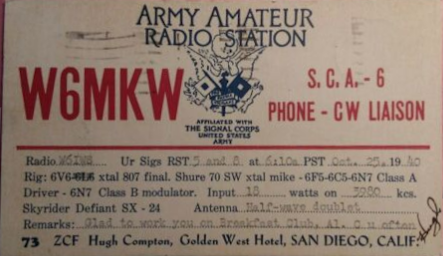 Since July I have been attending the
Since July I have been attending the 

 I have one of the first edition Kindles that I’ve had since last year. Previously I was using the
I have one of the first edition Kindles that I’ve had since last year. Previously I was using the  That’s pretty amazing as the Tolkien books have long resisted being available in digital format. As I’ve said above, I enjoy reading books on the Kindle and it is a huge space saver – but it does not work for me when I am using textbooks. I have found that when I am using a textbook, I need to physically make marks (highlights, underlining, stars, etc.) as well as notes in the margin – it helps me learn the material. Many of the eReaders allow you to make digital annotations… but that is not same (at least for me).
That’s pretty amazing as the Tolkien books have long resisted being available in digital format. As I’ve said above, I enjoy reading books on the Kindle and it is a huge space saver – but it does not work for me when I am using textbooks. I have found that when I am using a textbook, I need to physically make marks (highlights, underlining, stars, etc.) as well as notes in the margin – it helps me learn the material. Many of the eReaders allow you to make digital annotations… but that is not same (at least for me). 


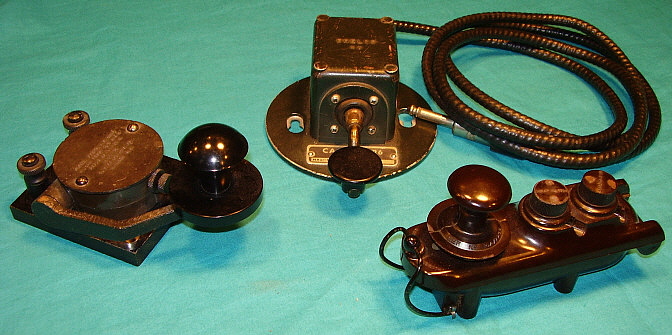
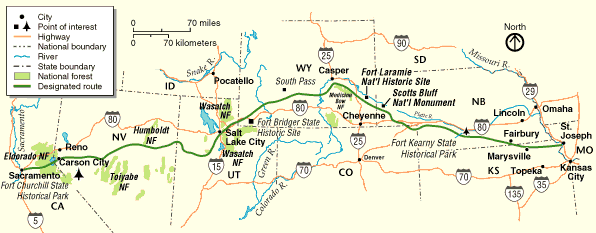
 Memorial Day was originally known as Decoration Day because it was a time set aside to honor the nation’s Civil War dead by decorating their graves. It was first widely observed on May 30, 1868, to commemorate the sacrifices of Civil War soldiers, by proclamation of General John A. Logan of the Grand Army of the Republic, an organization of former sailors and soldiers. On May 5, 1868, Logan declared in General Order No. 11 that:
Memorial Day was originally known as Decoration Day because it was a time set aside to honor the nation’s Civil War dead by decorating their graves. It was first widely observed on May 30, 1868, to commemorate the sacrifices of Civil War soldiers, by proclamation of General John A. Logan of the Grand Army of the Republic, an organization of former sailors and soldiers. On May 5, 1868, Logan declared in General Order No. 11 that: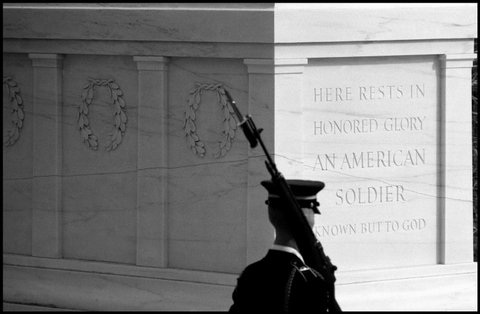
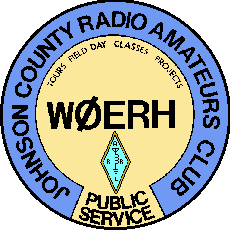 Last night I attended a meeting at the
Last night I attended a meeting at the 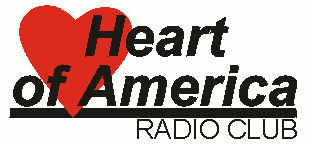 On Tuesday I attended the meeting of the
On Tuesday I attended the meeting of the 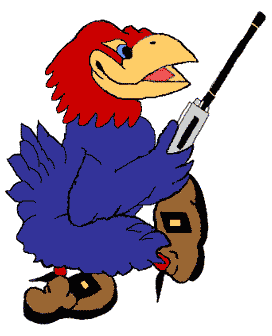 Thursday night I was out at the
Thursday night I was out at the 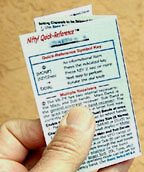
 I eventually figured out how to set the tone and was on the repeater with the other folks. Then with a bit more thought and troubleshooting, I discovered my feedline connection to the rig had come loose and with that fixed I was back in business. Part of the problem is that I have a relatively new rig in the truck, the Kenwood TM-D710A. It is a very complicated rig and I have only scratched the surface on how to operate it. I was able to interface it with the Garmin Nuvi 350 thanks to a cable from
I eventually figured out how to set the tone and was on the repeater with the other folks. Then with a bit more thought and troubleshooting, I discovered my feedline connection to the rig had come loose and with that fixed I was back in business. Part of the problem is that I have a relatively new rig in the truck, the Kenwood TM-D710A. It is a very complicated rig and I have only scratched the surface on how to operate it. I was able to interface it with the Garmin Nuvi 350 thanks to a cable from 
